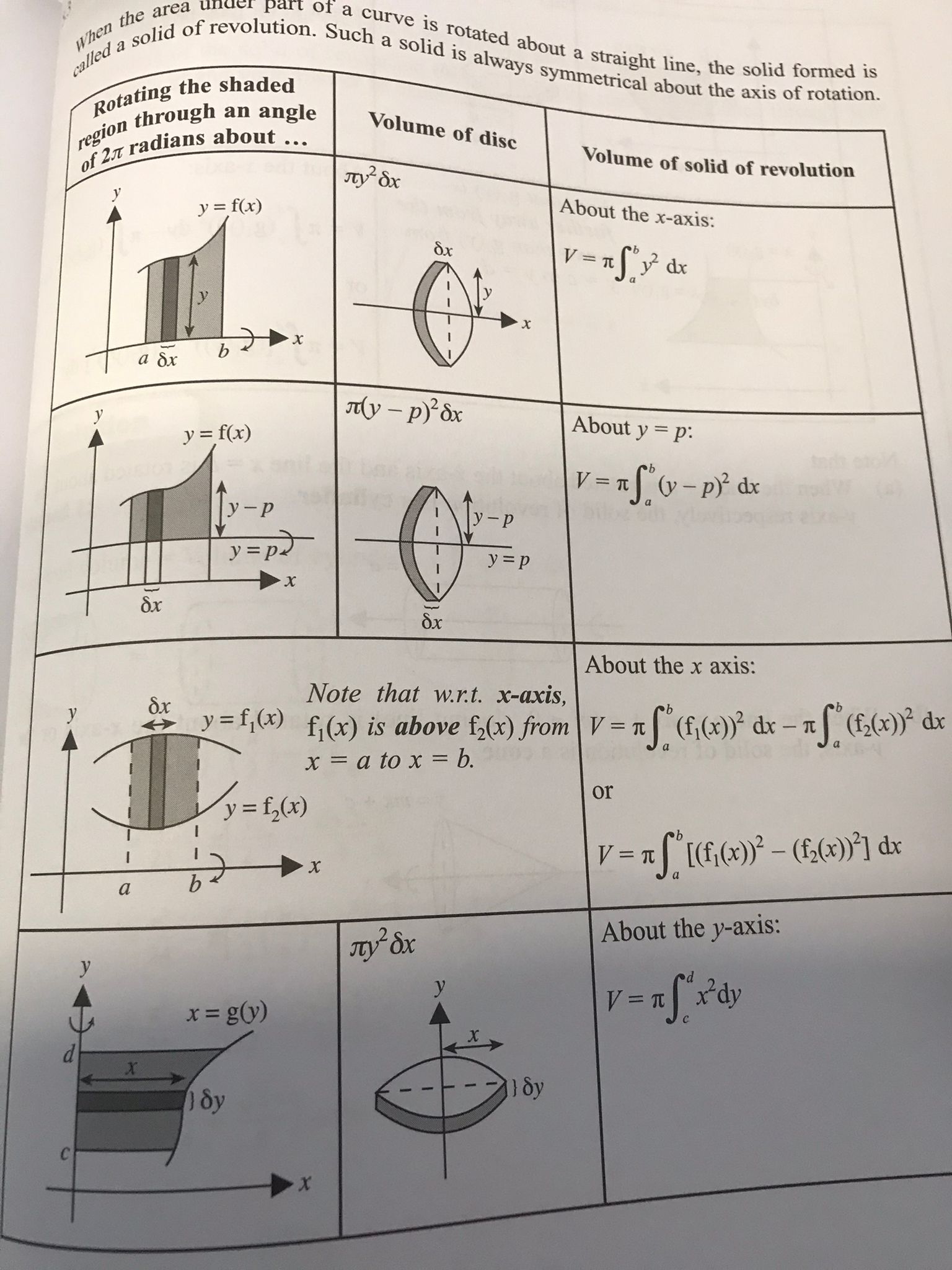Definite Integrals
Question 1 of 14
Find the value of \begin{equation*} 1^3+2^3+3^3+4^3+\cdots+19^3+20^3 \end{equation*}
Select An Answer
A
44000
B
44100
C
44200
D
44300



